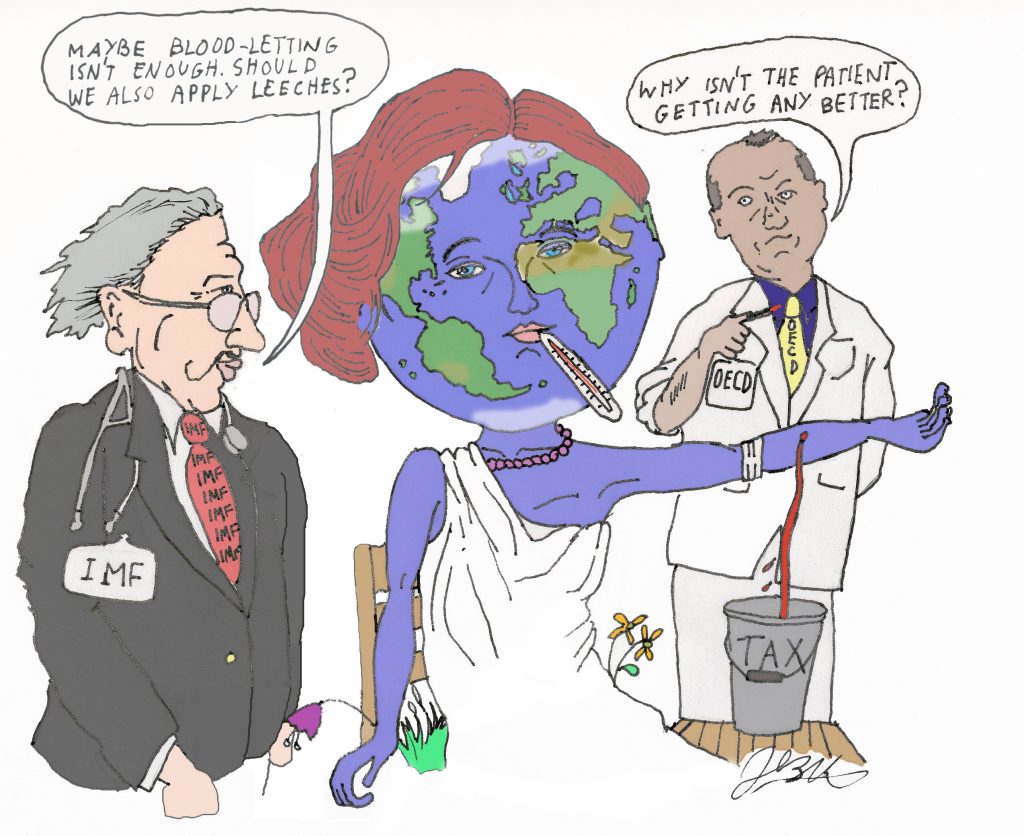Christoph Görg (2005) considers that main landscape issues are urban-sprawl and traffic infrastructure, that lead to erosion of biological diversity and conflicts of landscapes’ uses. Following the author, governance issues are related to interconnection between politics of scale and natural conditions of place, because top-down process is insufficient. Issues are related to articulation between social and natural processes/scales, and between biophysical conditions of places and social construction of space. Term “landscape” fits well for him, with its multiple dimensions: both societal (aesthetic-cultural, economic, infra-structural) and ecological (biotic, biodiversity, soil, etc.).
Environmental policies are based on treaties between governments for transboundary issues, so relationship between the international, the national and subnational levels remains crucial; but NGOs, transnational corporations or business organizations take part to this governance. Thus, international level becomes important for the protection of local knowledge and regional specificity, and local conflicts often reveal a feedback to national and global actor constellations. So, success of governance processes at one level depends on its relationship with other levels. But there are power relations involved in political decision-making.
Issue is articulation between political and ecological dimensions in landscape governance, because social construction of scale is always connected with nature in its spatial existence, but the shaping of societal relationships with nature depends on the socio-political level. So, landscapes are culturally shaped (socio-economic process and symbolic perception such as beautiful); but landscape involve a confrontation with different forms of nature’s socialization (from protected areas to agricultural uses, and urban areas). It appears necessary to shape new landscape (such as sustainable landscapes) with harmonious between nature protection, economic development and community opportunities. But temporal scale of decision makers is short: there are financial limitations, and conflicts appear between scientific perceptions, needs of decision makers and wide public.
http://hdl.handle.net/10419/45223
F. G.

